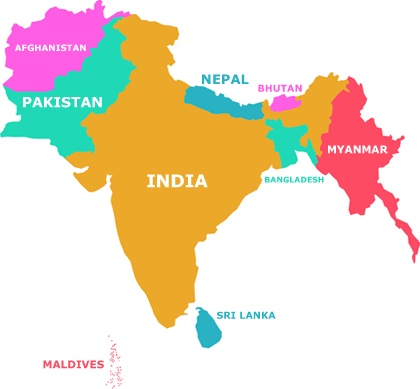
October 2008 Volume 15 Number 4
Labor migration from South Asia mostly involves: (1) workers going to work with two- or three-year contracts to the Gulf oil exporters; (2) a high share of women leaving to be domestic helpers from countries such as Sri Lanka (and few women from Bangladesh and Pakistan); and, (3) heavy reliance on private recruiters in both sending and receiving countries and high costs for migrants. These labor migration patterns raise issues from irregular migration to the vulnerability of female domestic helpers in private homes in conservative Gulf societies.
The ILO uses its 2006 Multilateral Framework on Labor Migration (MLF) to bring together unions, employers and governments to discuss ways of protecting the rights of migrants and ensuring that migration accelerates development in labor-sending countries (www.ilo.org/public/english/protection/migrant). For example, since many South Asian migrants rely on private recruiters, the MLF calls for issuing standardized and enforceable contracts to migrants, many of whom do not fully understand what they sign, eliminating or regulating fees charged by recruiters, and developing standardized systems to license and regulate recruiters.
The five major South Asia labor-sending countries sent over 1.5 million migrant workers abroad legally in 2005–India sent 549,000 migrants; Bangladesh, 253,000; Sri Lanka, 231,000; Nepal, 184,000; and Pakistan, 142,000. The number of migrants deployed rose in each country by 2007, for instance, the number of Indians deployed in 2007 was 800,000, the number of Bangladeshis 833,000, and the number of Pakistanis, 265,000.